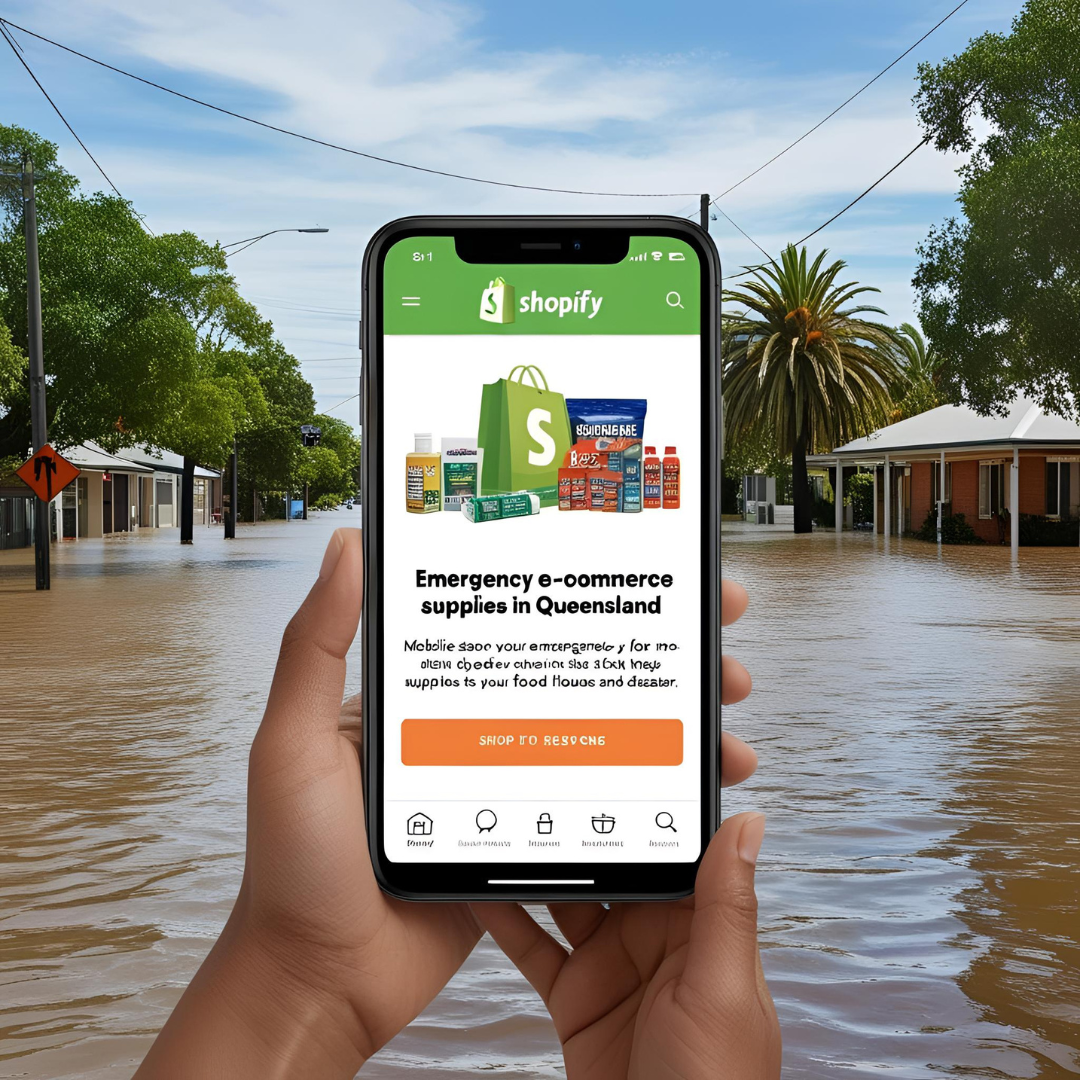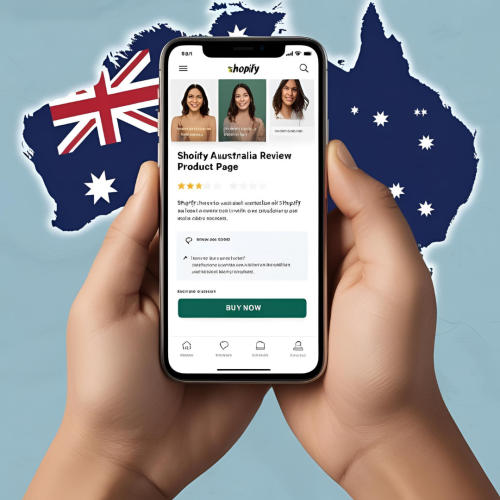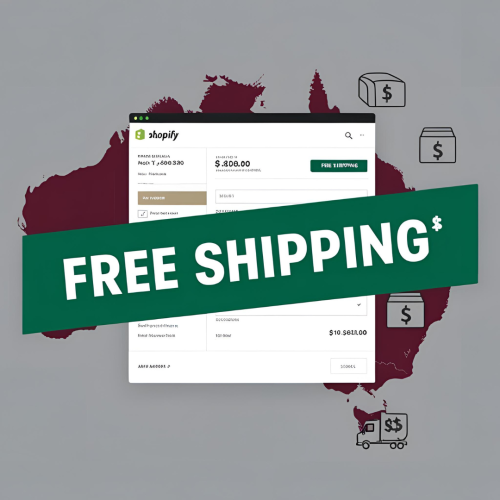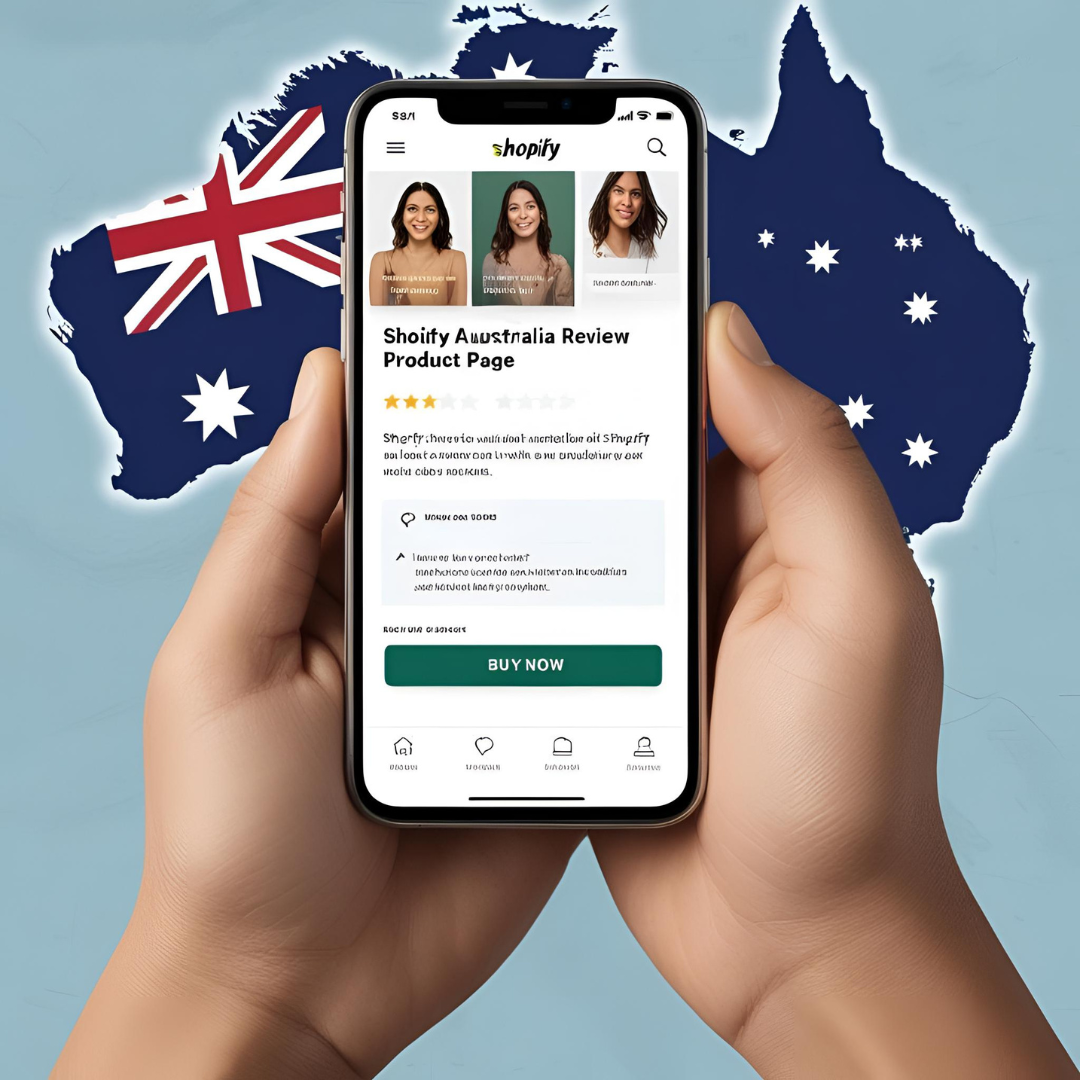When the Queensland floods hit, local Shopify stores didn’t shut down — they ramped up. Whether it was water filters, torches, first-aid kits, or pet supplies, these quick-thinking Aussie entrepreneurs knew how to pivot fast and meet demand in crisis.
This guide shows you how to sell emergency products using Shopify in Australia, drawing from real strategies that worked when disaster struck.
Why Emergency Products Sell Fast on Shopify
Australians don’t wait when the rain starts pouring — they act. The key to success? Having a Shopify store that’s ready to go, with the right inventory, logistics, and messaging already in place.
👉 Launch your emergency-ready Shopify store today and be prepared to serve fast.
1. Target High-Demand Essentials
During the floods, stores that focused on practical, local needs saw the biggest spike. These included:
- Clean water & filter bottles
- Power banks
- Flashlights & batteries
- Rain gear
- Medical supplies
- Pet food
By using trending keywords and emergency-focused SEO, they ranked fast on Google — and conversions followed.
👉 Set up your Shopify store now and list the right products before disaster hits.
2. Use Geo-Targeted Facebook Ads
Shopify stores in Queensland used paid ads that focused on specific flood-affected areas. A simple line like “We ship essentials fast to Brisbane & Townsville” made all the difference.
Bonus: Using dynamic product ads helped these stores push real-time inventory to locals in need.
👉 Start your store with Shopify and plug in Meta ads for laser targeting.
3. Highlight Delivery Speed & Local Stock
When roads close and logistics slow down, buyers want transparency. Stores that clearly listed “Ships from Queensland” or “Delivery in 48 hours” built massive trust.
Use Shopify’s shipping profiles and Australia Post or Sendle integrations to update delivery timelines dynamically.
👉 Create a Shopify store that customers can rely on in real-time.
4. Set Up Emergency Collections
Smart stores didn’t just throw products into their homepage. They created new “Emergency Essentials” or “Flood Prep Kits” collections using Shopify’s built-in features. These dedicated pages made it easy for stressed-out shoppers to find what they needed — fast.
👉 Design your custom Shopify storefront with clickable emergency categories.
5. Automate Email + SMS Alerts
Communication is crucial during emergencies. Stores that had automated flows via Klaviyo or SMSBump could instantly notify customers about stock updates, delivery changes, or restocks.
One store reported a 42% increase in repeat sales just by sending out “Back in stock” SMS messages for first-aid kits.
👉 Set up automated alerts with your Shopify store and never leave your customers in the dark.
6. Partner With Local Suppliers
Stores that already had relationships with local wholesalers and Aussie warehouses had a huge advantage. Some were even able to do same-day delivery in flood zones.
Focus on building supply chains inside Australia — that way, you’re less reliant on overseas delays or customs clearances.
Shopify + Smart Thinking = Emergency Success
Floods are unpredictable. But the stores that succeeded didn’t get lucky — they were prepared. By having a Shopify store up and running with the right tools and strategy, they were able to provide real value when their communities needed it most.
👉 Build your Shopify store today and be ready for the next emergency — whether it’s rain, fire, or supply crisis.







